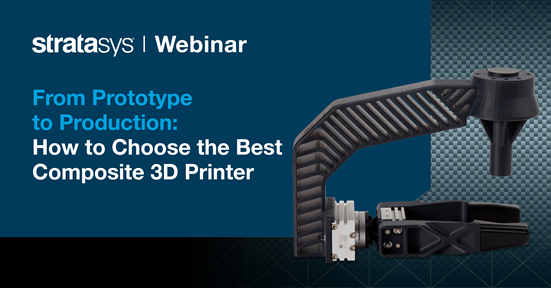Simply put, composites and thermoplastics deliver unparalleled strength. Making strong and reliable end-use parts just got easier with our materials advancements. At Stratasys, we're motivated by our customers’ demands to develop and fabricate their designs quickly to achieve the strongest part performance in the most intense environments, the first time and every time.
Carbon fiber 3D printing has several advantages that make it an appealing choice in manufacturing. Its superior strength-to-weight ratio is one of its major selling points, providing the ability to create parts that are as strong as metal but significantly lighter. This not only enables more efficient designs but also can lead to significant savings in transport and fuel costs in industries such as automotive and aerospace. In addition, carbon fiber filled materials have greater strength and stiffness compared to their non-filled base materials. The higher mechanical properties of 3D printed carbon fiber parts opens up a wider array of applications where traditional non-filled materials may not have been optimal.
Carbon fiber 3D printing is not just a novel technology – it's a powerful tool that expands the realm of what's possible in design and manufacturing. It allows for rapid prototyping and faster iterations, meaning designs can be tested and improved more quickly.
There are critical considerations that can make or break your composite printing experience such as:
Material performance and availability
Crucial components and features necessary for successful composite printing
Repeatability and reliability
Throughput and build volume
Ease of use
At Stratasys, we believe in transparency and enabling our customers with the necessary information to evaluate part performance and ensure a seamless printing experience. Watch our on-demand webinar where Stratasys engineers discuss essential insights needed to make an informed decision when investing in a composite 3D printer.
Stratasys composite-ready carbon fiber 3D printers offer a selection of material choices and build capacity.
Stratasys carbon fiber-ready 3D printers and carbon fiber composite materials are at the heart of the industry-altering work our customers create. If you want to learn how carbon fiber 3D printing changed the game, hear directly from our customers.
